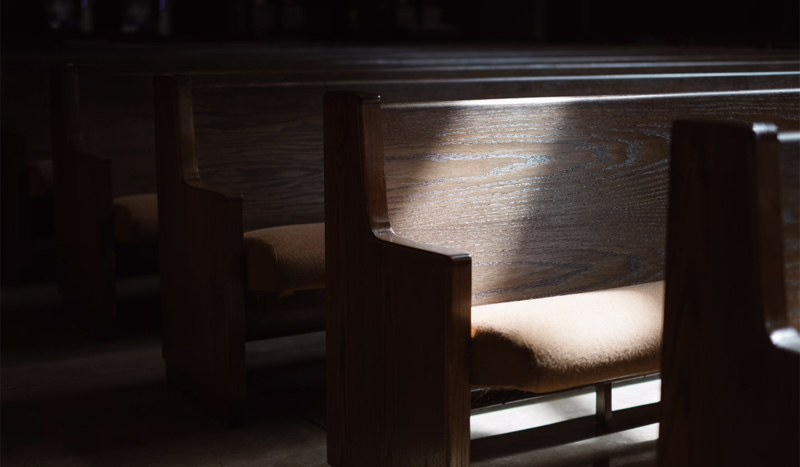
Josh Applegate / Unsplash
CV NEWS FEED // The number of “nones” — people with no religious affiliation — has stopped rising, and if anything, it’s decreased among certain demographics, statistician Ryan Burge announced April 2 on X.
Burge organized data gathered by the 2024 Cooperative Election Study to examine the share of each generation of Americans who have no religious affiliation. The number of Baby Boomers identifying as nones in 2024 (24%) returned to 2020 levels after growing slightly during the pandemic; Gen X dropped to 2012 levels (31%); and Millennials have remained at 42% for the past two years, down slightly from the 44% measured in 2022 and the 43% recorded in 2020.
Among Gen Z, nones affiliation rose to 46% in 2024 (up four percentage points since 2023) but still remained below the high of 48%, which was measured in 2022. Burge noted that Gen Z saw “certainly no dramatic increase” in none affiliation.
Burge also shared that the overall share of non-religious Americans was 36% in 2019, compared to the 34% recorded in 2024.
“There’s been no discernible change in size of the nones in this data over the last 5 years,” he posted. “The atheist/agnostic share of the population has been essentially unchanged since 2015.”
The 2024 data is consistent with a data study that Burge published in May 2024 on his substack, Graphs about Religion, in which he discovered that the number of American nones seemed to have hit a ceiling.
“After seeing a slow and steady rise from 28% in 2020 to 31% in 2022 – the Pew data from 2023 indicates that the share of nones in the general population dropped to 28% or back to the levels that they recorded in 2020,” Burge wrote at the time. “This is three surveys that are all pointing to the same, very simple conclusion: The rise of the nones may be largely over now. At least it won’t be increasing in the same way that it did in the prior thirty years.”

